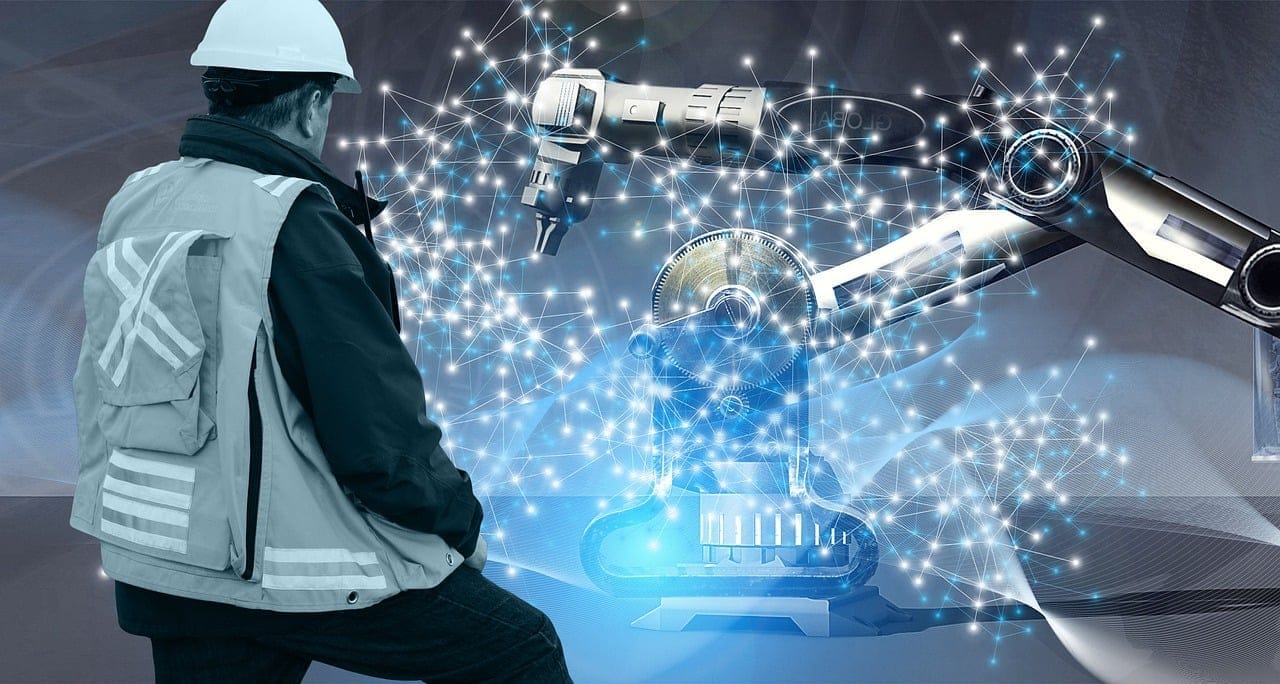Revolutionizing Maintenance: The Impact of Robotics and Automation

The integration of robotics and automation in the maintenance industry significantly enhances operational efficiency, safety, and reliability. Here are several ways robotics and automation aid the maintenance industry:
Predictive Maintenance:
Advanced sensors and AI algorithms can predict equipment failures before they occur by analyzing data trends and patterns. This predictive capability allows for maintenance to be scheduled at convenient times, reducing downtime and extending the lifespan of machinery.
Remote Monitoring and Diagnosis:
Robotics and automation enable the remote monitoring of equipment, allowing maintenance teams to diagnose issues without being physically present. This is particularly beneficial in hazardous environments or in locations that are difficult to access.
Precision and Consistency:
Robots can perform maintenance tasks with high precision and consistency, reducing the risk of human error. This is especially important for tasks that require a high degree of accuracy, such as calibrating instruments or applying lubricants.
Enhanced Safety:
By employing robots for dangerous or repetitive tasks, the risk of injury to human workers is significantly reduced. Robots can work in hazardous conditions, such as high temperatures, toxic atmospheres, or confined spaces, where human safety would be compromised.
Efficiency and Cost Savings:
Automation increases the efficiency of maintenance operations by completing tasks more quickly and with fewer errors. Over time, this can lead to substantial cost savings by reducing labor costs, minimizing downtime, and extending the service life of equipment.
Data Collection and Analysis:
Automated systems can collect and analyze large amounts of data, providing insights into equipment performance and maintenance needs. This data can be used to optimize maintenance schedules, improve equipment design, and inform investment decisions.
Customization and Flexibility:
Robotics and automation systems can be customized and reprogrammed to meet the changing needs of the maintenance industry. This flexibility allows for the adaptation to new technologies, processes, and regulations.
Workforce Development:
While robots can perform many tasks, skilled human workers are needed to design, program, and manage these systems. This creates opportunities for workforce development and the cultivation of high-tech skills in the maintenance industry.
In summary,
robotics and automation are transforming the maintenance industry by making it safer, more efficient, and more reliable. As technology advances, the role of automation in maintenance is expected to grow, leading to further innovations and improvements in the way we maintain and service equipment.

